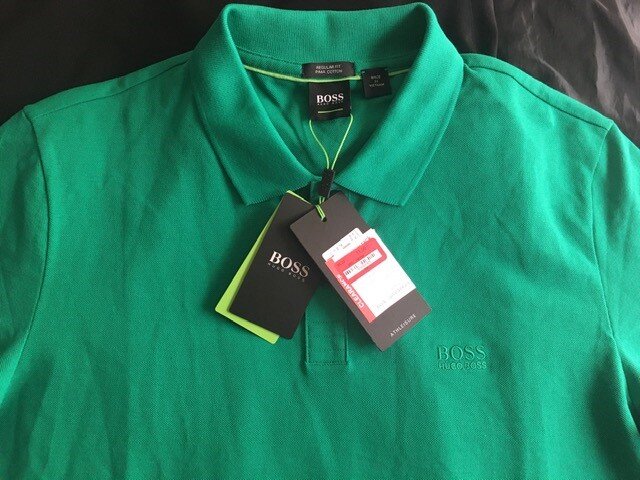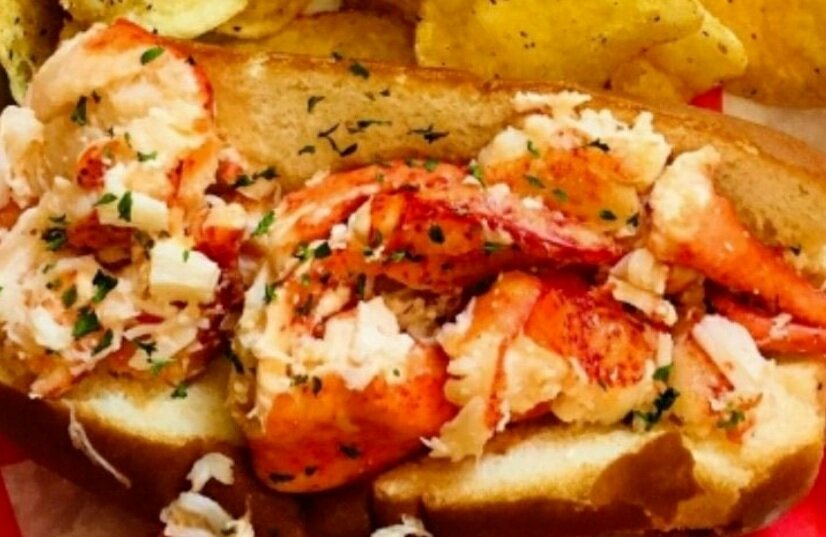One of Al Riddick’s favorite pastimes is eating seafood (actually any good food). His wife, Lesia, recently discovered his favorite food truck, The Wicked Lobstah, was returning to Dayton, OH. A few weeks ago, Al started making his own lobster rolls but thought this would be a neat day trip since the weather forecast was sunshine and 60 degrees.
Before leaving home, Lesia grabbed a shirt she had ordered from Nordstrom Rack and mentioned that they could stop by their Beavercreek location. Upon walking inside the store, Lesia said, “It shouldn’t take me long. I’m just making a return.” Based on past experience, Al knew they would be inside Nordstrom Rack for at least 30 minutes, so he went to the men’s section.
The first thing that caught his eye was a beautiful, big, red sign that read CLEARANCE! To Al’s surprise, he found a HUGO BOSS polo shirt, but after noticing the $59 sale price, he put it back. Al then noticed another HUGO BOSS shirt that was on sale for $11.99 (original price - $88). He asked the sales clerk if the $59 price was accurate since the only difference was that the $11.99 shirt had one line of a different color going down the front.
Al then started thinking about how some people, who have consumer debt, get further into debt simply because of practicing destructive behaviors. For example, let’s say Al decided to get the $59 shirt, but didn’t have the money in his checking account. Like many people, he may have thought, “I’ll put it on my credit card and then pay it off when the bill comes.” When you want something bad enough, you’ll make any excuse to get it. That’s the secret to why revolving (e.g., credit cards) and installment credit is so profitable. This is the question Al should have asked: What financial behaviors do I exhibit that are preventing me from having $59 to buy this shirt?
Al also thought about how easy it was for him to justify spending $17 on a lobster roll in contrast to how he chose not to spend $59 for a polo shirt that had a lower cost per use value. In Al’s mind, eating good food is a dining experience while buying clothes, on the other hand, doesn’t make him feel warm and fuzzy on the inside. Again, this is just another emotionally charged rationalization. The example presented was very basic; however, the same emotional response applies to financing homes, cars, and vacations.
If you’re wondering, Al decided to purchase the $11.99 HUGO BOSS shirt after the sales clerk scanned the tag and discovered it should have been priced at $59. She told Al he could buy it for the price as listed. As you may have guessed, he couldn’t resist an 88% discount.





